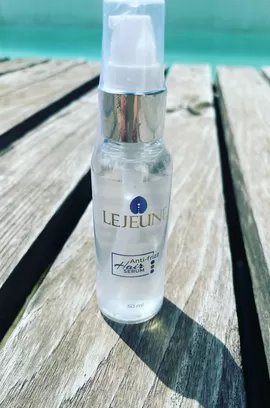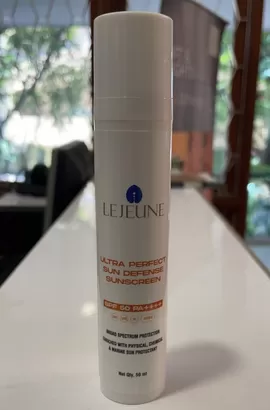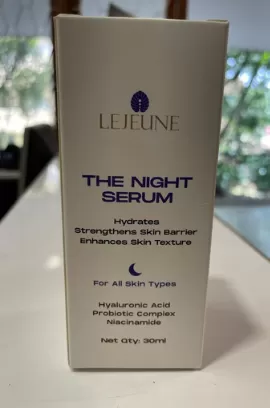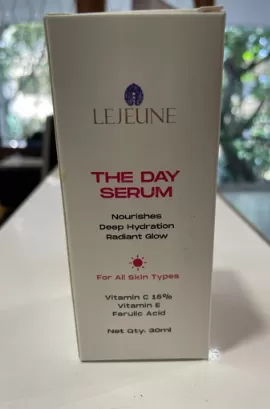Hyperpigmentation
Those pesky dark spots and patches is what we call Hyperpigmentation, a term used to mean a darkly pigmented patch of skin. Our skin, hair are characterized by a melanin pigment in the cells which gives them its colour. When this pigment is produced by the cells in excess, it is called Hyperpigmentation. Sometimes, it is also under produced or depleted and this is known as hypopigmentation.
Hypopigmentation or light colored patches and spots can be caused by skin injury where during the process of inflammation excessive melanin is wiped off or is under produced, called Post Inflammatory Hypopigmentation. Certain skin conditions such as Vitiligo, fungal skin diseases, Albinism cause Hypopigmentation as well as medicines such as steroid creams, Hydroquinone etc. This condition needs consultation with a Dermatologist who can rule out the medical condition and provide treatment. In this article however we shall discuss hyperpigmentation, its causes and treatment.
Whenever there is any skin injury or disease, in the process of inflammation, the skin also produces excessive melanin and this causes Post Inflammatory Hyperpigmentation. This is seen with some skin diseases like acne, eczema and also with scratching. Certain botched skin procedures can also cause Hyperpigmentation. Age spots, sun spots, liver spots, freckles also are types of hyperpigmentation that happen with sun exposure and in light skinned people. Sun exposure also causes a butterfly pattern of hyperpigmentation patch seen on the cheeks and nose called Melasma. Some of the other causes of Melasma include pregnancy, hormonal fluctuations, birth control and hormonal therapy. Melasma is a difficult to treat condition which often needs aggressive sun protection. Some medical diseases can also cause a brownish discoloration of the skin like Addison’s disease, Cushing’s and Hypothyroidism. Finally certain medicines like Minocycline can cause Hyperpigmentation.
It is hence important to visit a dermatologist to find out the cause of the pigmentation. If you have moles changing shape, colour or size or with changes in them such as oozing and crusting, you must seek a Dermatologist opinion immediately.
Once the problem is diagnosed your Dermatologist will try and treat the condition that is causing the pigmentation like skin disease, acne etc. The hyperpigmentation itself can also be treated after the condition causing it is resolved.
Treatments:
Prevention: Avoid scratching and get the skin condition diagnosed and treated by a dermatologist. It is important to avoid the triggering and causative factors. Avoid sun exposure, use a 30+SPF sunscreen providing broad spectrum protection from UVA and UVB rays during all seasons, wide brimmed hat, sunglasses, use scarves, seek shade etc.
Skin lightening creams: Ointments with Hydroquinone, kojic acid, azelaic acid, retinol etc can be used but only through a prescription from a Dermatologist as they have a potential to cause irritation, rebound hyperpigmentation and skin rashes.
Laser treatments: some laser treatments like Q-switched, IPL, Fractional lasers etc will lighten the discoloration and may be used with or without home treatment and peels.
Chemical Peels: Exfoliation with peels helps reduce pigmentation and even out the skin tone. There are several types of Peels in the market, the milder ones like Glycolic, Mandelic, Lactic etc help in superficial exfoliation of the skin layers whereas some others such as TCA and phenol peels are stronger and penetrate more in the skin layers causing more exfoliation and peeling and are meant for more stubborn pigmentation such as melasma. A series of peels are often required to lighten the pigmentation. Stronger peels on darker skin have a potential to cause side effects and hence must be properly administered by a Dermatologist experienced in Peels. This is often done usually after prepping the skin with creams and ointments.
Combination treatments: Combining 2-3 modalities helps better in reducing pigmentation. So after or during treatment with a skin lightening cream, your doctor might suggest a course of peels and Laser treatments depending on your skin condition.
Maintenance: It is important to prevent sun exposure and maintain with one of the skin lightening creams prescribed by your doctor.





